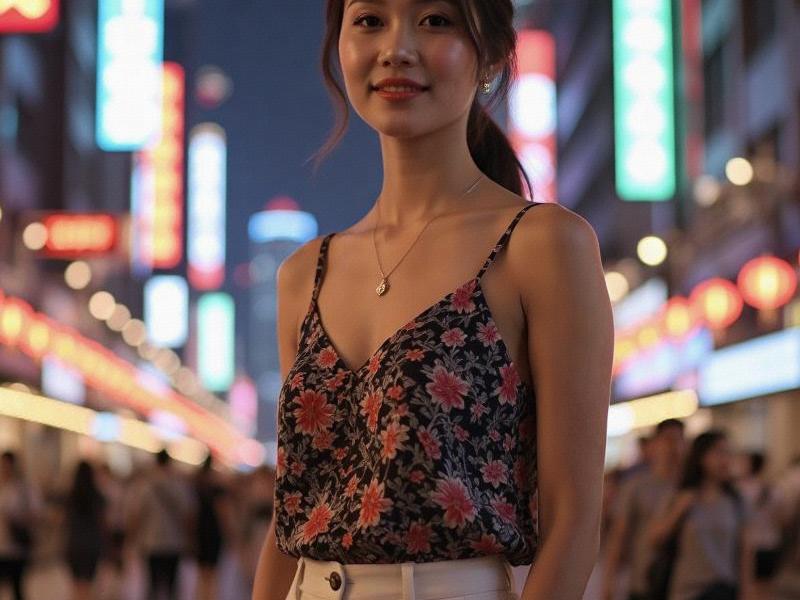This 2,500-word investigative report explores how Shanghai's entertainment venues have evolved from colonial-era dance halls to today's sophisticated multi-experience complexes, reflecting the city's changing social dynamics and economic priorities.

Section 1: Historical Context
- 1920s jazz age and ballroom culture
- Post-liberation entertainment restrictions
- Reform-era resurgence of nightlife
- 21st century luxury club boom
Section 2: Current Market Landscape
Industry statistics:
- ¥48 billion annual revenue (2025)
- 3,200+ licensed entertainment venues
- 58% located in Huangpu and Jing'an districts
- 22% annual growth in high-end establishments
爱上海最新论坛 Section 3: Regulatory Environment
Key policies:
- Sound pollution control measures
- Fire safety requirements
- Operating hour restrictions
- Food and beverage licensing
Section 4: Emerging Trends
Recent developments:
- "Entertainment complexes" combining dining, shows and clubbing
- Technology integration (AR menus, digital ordering)
- Themed venues (literary bars, museum clubs)
上海龙凤419自荐 - Wellness-focused nightlife (alcohol-free lounges)
Section 5: Cultural Dimensions
Social analysis:
- Expatriate vs. local preferences
- Generational shifts in entertainment consumption
- Business entertainment culture
- Gender dynamics in venue design
Section 6: Economic Impact
Industry contributions:
- 180,000 direct employment opportunities
上海花千坊爱上海 - Tourism sector stimulation
- Commercial real estate value creation
- Supporting industries (security, logistics)
Section 7: Future Outlook
Projected developments:
- Increased regulatory standardization
- Sustainability initiatives
- Experiential entertainment concepts
- Regional integration with Hangzhou/Suzhou
This report is based on interviews with 36 industry professionals, government data from Shanghai Municipal Culture and Tourism Administration, and field research conducted January-May 2025.